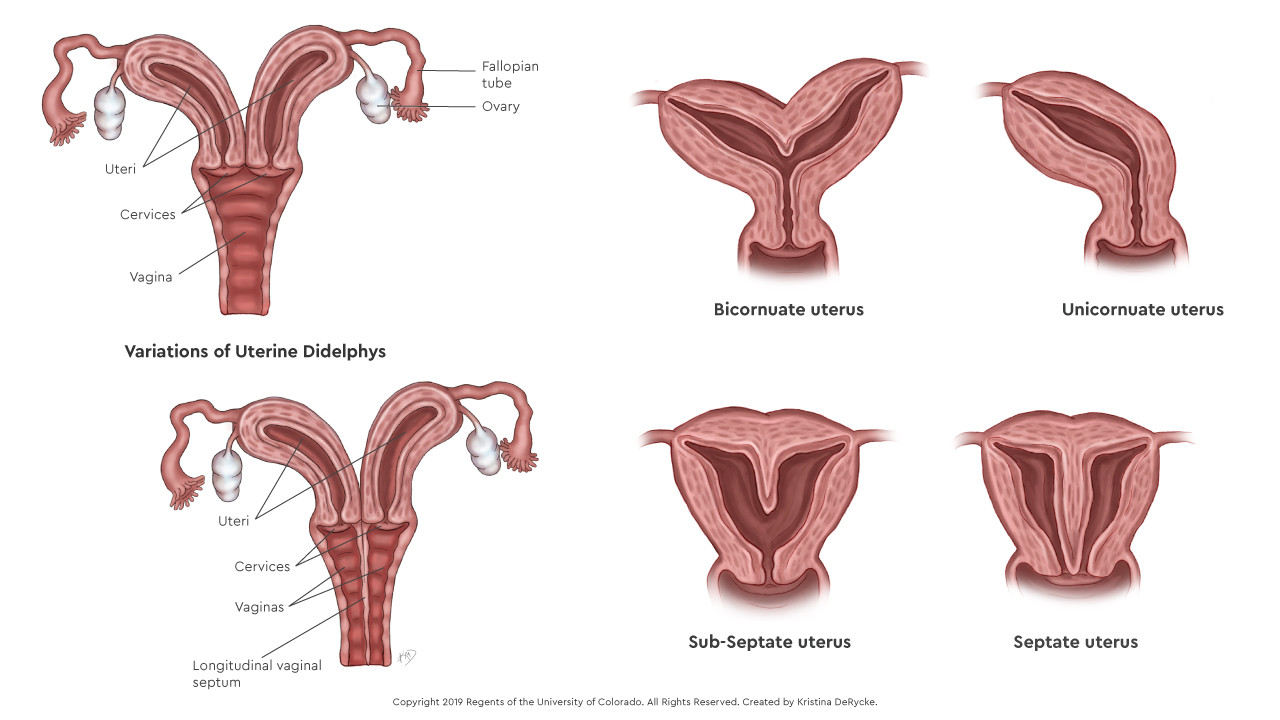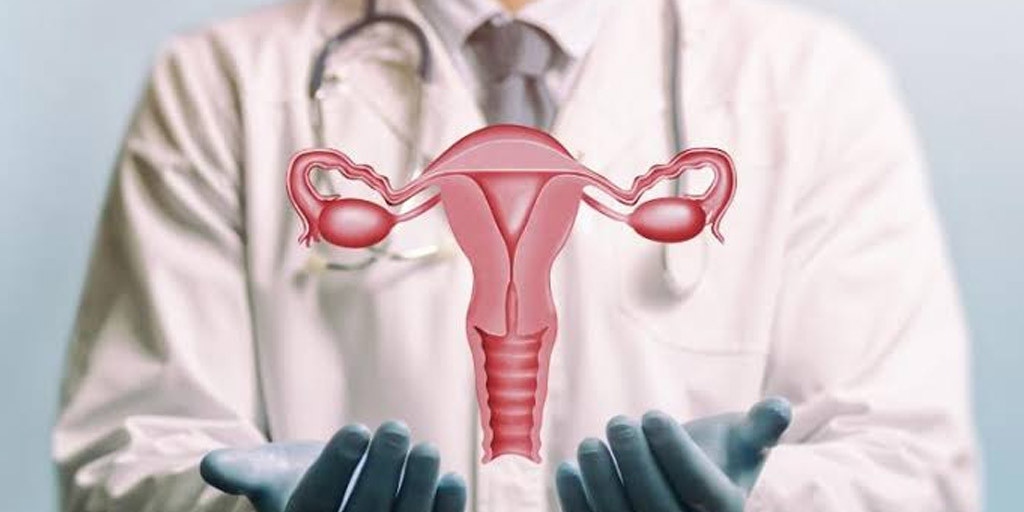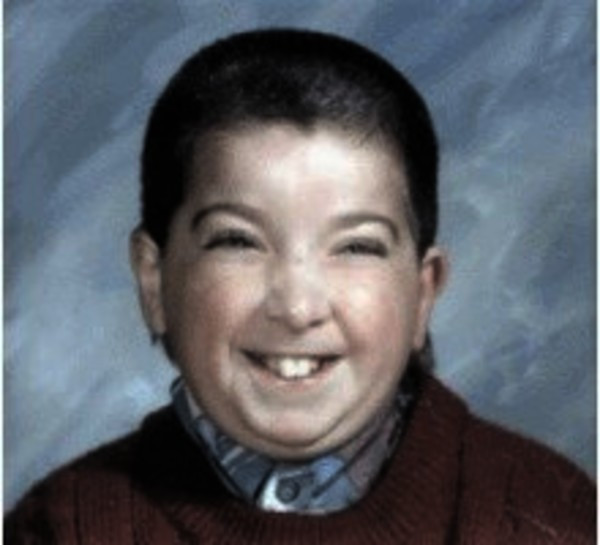Definition
Horseshoe kidney is a congenital disorder where both kidneys fuse together, resembling the shape of a horseshoe (letter U). In over 90% of cases, this fusion occurs on the lower side of the kidneys. Besides the abnormal shape, the location of the kidney can differ from that of a normal kidney. A horseshoe kidney is typically situated in the lower pelvis and closer to the front of the body. Additionally, the blood vessels of a horseshoe kidney differ from those of a normal kidney.
Horseshoe kidney is the most common fusion anomaly of the kidneys, occurring in approximately 1 out of 400-500 adults. It is more frequently observed in males than in females, with a ratio of 2:1.
Causes
Horseshoe kidney occurs during fetal development. In all fetuses, initially, the kidneys form first in the lower abdomen. Afterward, the kidneys typically ascend and move toward the back of the body (to the right and left of the spine). In the horseshoe kidney, the kidneys do not move to the sides of the spine but remain in the lower middle abdomen.
The exact cause of this kidney development anomaly is still not known. It is suspected to be related to abnormalities in genes that regulate kidney formation. Environmental factors are also believed to play a role in this anomaly. Some babies with horseshoe kidneys are known to be exposed to certain toxins during pregnancy, such as from medications (e.g., thalidomide), alcohol consumption, and uncontrolled diabetes mellitus.
Some sources mention that kidney fusion occurs between the 4th and 6th weeks of pregnancy. At this time, the kidneys ascend and rotate 90 degrees toward the body's midline. However, there is evidence of fusion occurring at a later gestational age, although it is rarer.
Risk factor
This disease is more commonly found in males. It is also often associated with babies born with certain syndromes, including:
- Down syndrome, a chromosomal disorder characterized by trisomy 21.
- Turner syndrome (7% of those affected have horseshoe kidney), which involves the complete or partial absence of one X chromosome in females.
- Patau’s syndrome, a chromosomal disorder characterized by trisomy 13.
- Edwards’ syndrome (trisomy 18 chromosomal disorder, with 20% of Edward syndrome patients having horseshoe kidney).
- Ellis-van Creveld syndrome, an inherited disorder affecting bone growth, resulting in very short stature (dwarfism).
- Fanconi anemia, an inherited disorder affecting the bone marrow, leading to decreased production of all blood cells.
- Goltz syndrome, a rare multisystem disorder affecting skin, hands, feet, and eye development.
- Kabuki syndrome, a rare multisystem disorder characterized by growth delay, intellectual disability, skeletal abnormalities, distinctive facial features, and short stature.
- Pallister-Hall syndrome, a genetic disease affecting the development of body parts, often accompanied by extra fingers (polydactyly).
- VACTERL association, a disorder affecting various body organ systems characterized by:
- Spinal abnormalities
- Imperfect anal formation
- Heart abnormalities
- Abnormal connections between the trachea in the respiratory tract and esophagus or between the bronchi in the digestive tract
- Kidney anomalies
- Abnormal limb development
- Situs inversus, where the positions of internal organs are reversed between left and right.
Symptoms
The kidney is a part of the urinary system. Its primary function is to filter blood and remove waste products and excess fluid that are no longer needed by the body. Additionally, the kidney plays a crucial role in regulating electrolyte balance in the body. Waste materials are filtered by the kidneys and then passed into the bladder, eventually leaving the body in the form of urine.
Individuals with horseshoe kidneys typically do not exhibit specific symptoms unless complications arise. Horseshoe kidney can make a person susceptible to various complications due to impaired drainage function. Approximately 7 out of 10 people with horseshoe kidney who experience symptoms already have complications of the disease, leading to kidney impairment.
Common symptoms of horseshoe kidney include:
- Abdominal pain
- Nausea
- Urinary tract infection ,recurrent urinary tract infections characterized by pain during urination accompanied by fever
- Kidney stones, which may cause abdominal pain, blood in the urine, and pain during urination
Diagnosis
Horseshoe kidney is typically discovered incidentally during examinations for other conditions. If symptoms of kidney disorder are present, doctors may conduct a physical examination and urine test (urinalysis) to detect the presence of blood or other abnormal elements in the urine. Patients with horseshoe kidney and kidney stones are often advised to undergo a 24-hour urine test and stone analysis to prevent future kidney stone formation.
Kidney function tests may also be performed to evaluate how effectively the kidneys filter and remove waste substances from the body. These tests typically involve a blood sample. In addition to laboratory tests, doctors may recommend various imaging examinations, including:
- Kidney ultrasound
- Intravenous pyelogram (IVP), which is an X-ray examination of the urinary tract organs (kidneys, ureters, and bladder) using contrast dye
- Voiding cystourethrogram (VCUG) to identify urinary reflux, which is common in patients with horseshoe kidney
- Radionuclide scan, an imaging technique that uses a small dose of radioactive substance to detect specific disorders
- MRI or CT scan to visualize anatomical abnormalities or structures of the kidneys and surrounding blood vessels. MRI is typically preferred for individuals who cannot undergo CT scans due to radiation concerns
Management
There is currently no cure or specific procedure to correct the horseshoe kidney. If you do not experience symptoms, you may not require specific therapy. However, if symptoms such as pain or urinary complaints are present, the doctor will recommend therapy tailored to address the specific symptoms. For instance, since patients with horseshoe kidneys are prone to urinary tract infections, the doctor may prescribe antibiotics to treat bacterial infections affecting the urinary tract. However, any surgical procedures involving the abdominal or kidney area should be carefully considered by the doctor due to the unique anatomy and potential complications associated with the horseshoe kidney.
Complications
The horseshoe's kidneys usually don't cause serious medical conditions. You or your child may need continuous care to control symptoms, but you can live an active and normal life. This condition also usually doesn't reduce life expectancy.
Please note that horseshoe kidney sufferers will be more vulnerable to experience:
- Vesikoureteral reflux, namely the condition where urine has a reflux or flows back from the bladder to the kidneys, and does not come out of the body.
- Hidronefrosis, the condition of swelling one or both kidneys due to a buildup of urine in it.
- Polycistic kidney disease, a congenital disease where a small collection of tame cysts is formed in the kidneys, makes the kidneys grow and lose their function over time.
- Stenosis of kidney arterial, namely high blood pressure that occurs due to narrowing of arterial vessels that carry blood to the kidneys.
- Tumor Wilms, a type of kidney tumor that occurs in children.
- Kidney malignant Tumor, people with horseshoe kidneys are more at risk of developing kidney cancer than normal people.
Prevention
There is currently no known way to prevent horseshoe kidney. Due to their location closer to the front of the abdomen than normal kidneys, horseshoe kidneys are at a higher risk of injury from accidents or sports-related activities. To minimize this risk, consider the following precautions:
- Wear a medical alert bracelet during hospital treatment. This helps medical personnel consider the possibility of kidney damage in the event of accidents or injuries.
- Avoid participating in contact sports, especially for children with horseshoe kidney. Sports like wrestling pose a risk of kidney injury and should be avoided to prevent complications.
When to see a doctor?
You are advised to consult a doctor if you or your child experience the following symptoms:
- Blood in the urine
- Pain during urination
- Recurrent urinary tract infections
- Pain or the presence of a lump in the abdomen
Looking for more information about other diseases? Click here!
- dr Hanifa Rahma
Horseshoe Kidney (Renal Fusion): What Is It, Symptoms, Complications, Fused Kidneys. (2022). Retrieved 27 June 2022, from https://my.clevelandclinic.org/health/diseases/21745-horseshoe-kidney-renal-fusion
Kirkpatrick, J., & Leslie, S. (2022). Horseshoe Kidney. Retrieved 27 June 2022, from https://www.ncbi.nlm.nih.gov/books/NBK431105/
Gaillard, F. (2022). Horseshoe kidney | Radiology Reference Article | Radiopaedia.org. Retrieved 27 June 2022, from https://radiopaedia.org/articles/horseshoe-kidney












